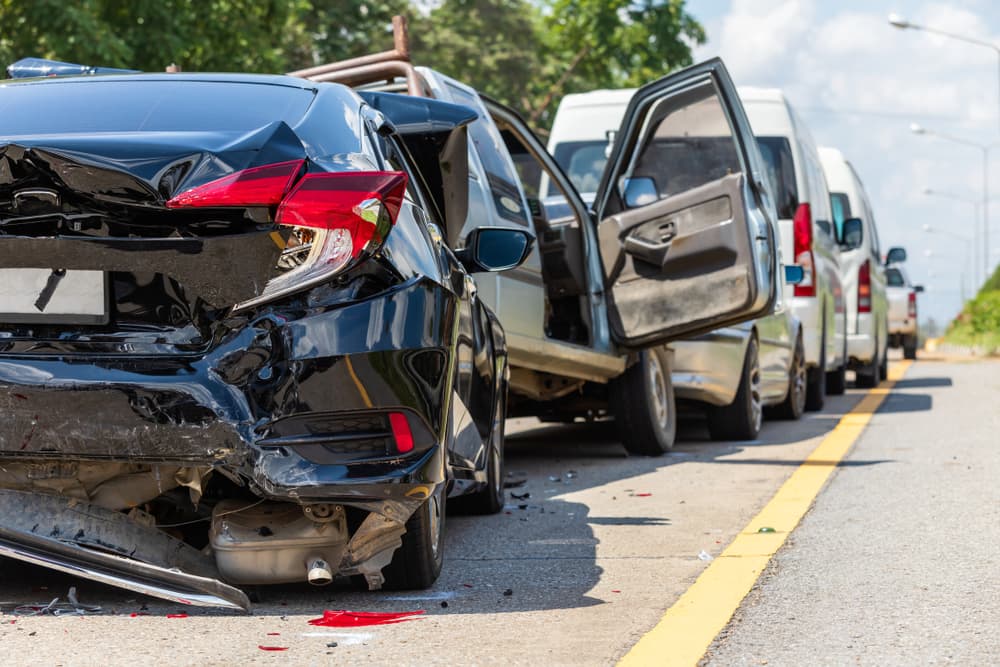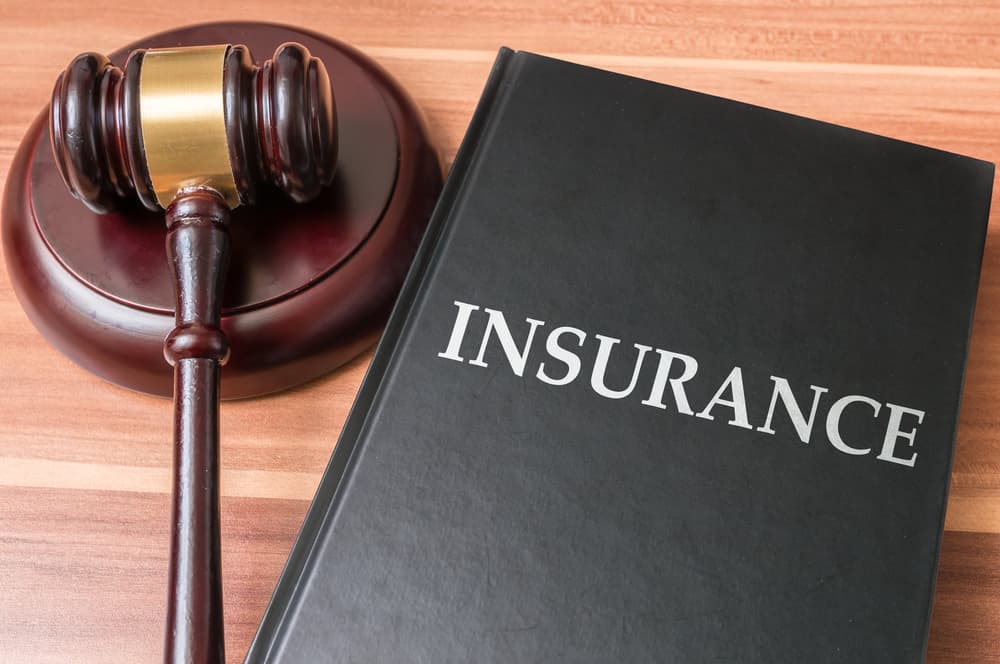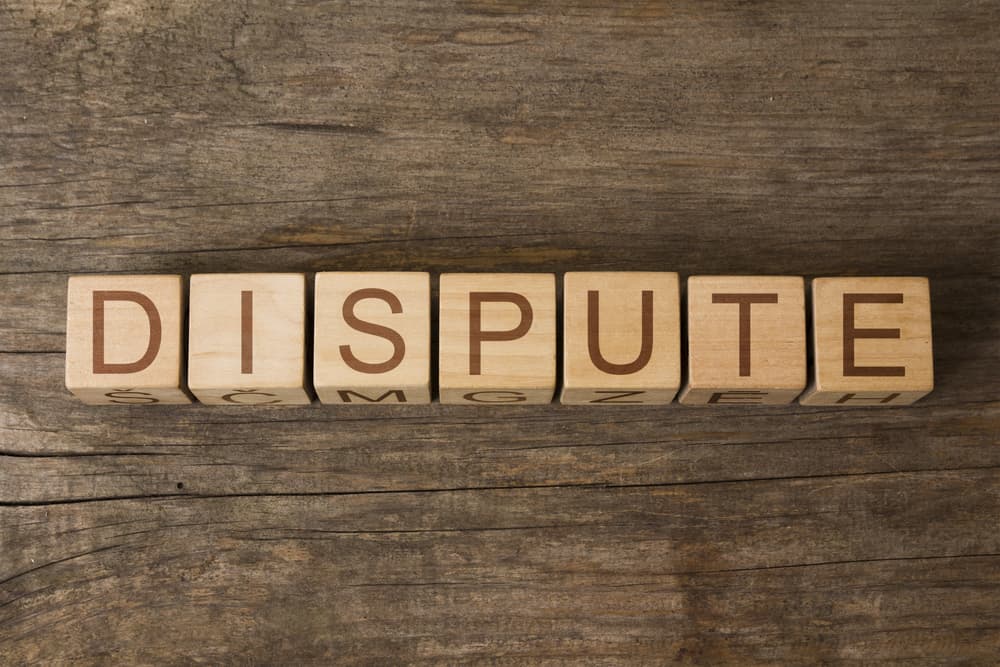Figuring out who is at fault for a multi-car accident is a complex situation. These collisions often involve multiple drivers, vehicles, and unexpected scenarios. If you were in a multi-car accident in Pittsburgh, Pennsylvania, asking questions about liability is necessary to resolve claims.
Laws in Pennsylvania consider various factors to determine who is responsible in these situations. Understanding these factors can help you protect your rights and recover damages.
How Fault is Determined in Multi-Car Accidents
Pennsylvania follows a “modified comparative negligence” rule when determining faults in accidents. This law allows you to collect damages if you are 50% or less at fault. However, your compensation will be reduced by the percentage of fault assigned to you.
For multi-car accidents, fault determination becomes more intricate. Insurance companies and investigators will analyze the actions of all drivers involved, the positions of the vehicles, and any other contributing factors. Multiple parties could share fractions of responsibility, or one driver may take on most of the fault.
Common Causes of Multi-Car Accidents

Unsafe driving behaviors, weather conditions, and poor road design often cause multi-car accidents.
Below are some common scenarios that trigger these events:
- Tailgating: A sudden brake can cause a chain reaction when vehicles follow too closely. If one car rear-ends another, vehicles behind may not stop in time.
- Distracted driving: Texting, phone use, or any activity that diverts attention increases the risk of collisions.
- Speeding: Driving above the speed limit often reduces reaction time. High-speed crashes frequently lead to more severe multi-car accidents.
- Weather conditions: Rain, snow, and ice make roads slippery. Drivers may lose control or skid into other vehicles.
- Lane changes: Unsafe or sudden lane changes, especially on highways, can lead to pileups.
- Road obstructions: Objects on the road, construction zones, or potholes contribute to unexpected crashes.
Understanding what caused the crash is critical to identifying liability. Drivers, their attorneys, and insurance companies rely on a combination of evidence, eyewitness accounts, and police reports.
Evidence That Helps Determine Fault
Fault determination in Pittsburgh multi-car accidents requires a thorough investigation. While the process may seem daunting, several types of evidence often provide clarity.
Police reports
Police reports often provide initial evidence about the accident. Officers typically complete these documents at the scene, noting factors like potential violations, weather conditions, and accounts from involved parties. While not always admissible in court, insurance companies rely on them for claims.
Eyewitness statements
Individuals who witnessed the accident may provide valuable testimony. Bystanders or other drivers can describe key moments, such as who braked suddenly or who appeared distracted.
Dashcam footage
Dashcams have become more common in vehicles. They often capture real-time video of the moments leading up to a collision. Drivers involved in an accident should verify if others have footage to share.
Vehicle damage
Examining the damage on each car can help investigators determine the sequence of events. For instance, rear-end damage may indicate one driver hit another from behind, while side-impact damage can suggest improper lane changes.
Traffic camera footage
Traffic cameras installed at intersections or along highways can record collisions. Requesting footage from local authorities in Pittsburgh could strengthen a liability claim.
Accident reconstruction
Professionals may reconstruct the accident to understand how it occurred. This technique uses data like skid marks, vehicle damage, and road conditions to reach conclusions about fault.
Pennsylvania Insurance Laws and Multi-Car Accidents

Pennsylvania operates under a no-fault insurance system, making auto insurance unique in this state. Drivers must choose between two types of auto insurance policies:
- Limited tort: Allows you to recover only certain damages, such as out-of-pocket medical expenses. Pain and suffering damages are typically excluded unless injuries are severe.
- Full tort: Covers all losses, including pain and suffering. This usually results in higher premiums but offers more protection.
When involved in a multi-car accident, your insurance company typically pays for your medical costs, regardless of fault. However, determining fault remains essential for pursuing additional claims or recovering damages beyond what is covered.
If you were injured in Pittsburgh, an attorney would evaluate your insurance coverage and help determine whether filing a lawsuit against another driver is possible.
Steps to Take After a Multi-Car Accident in the Days and Weeks Following
The aftermath of a multi-car accident can feel overwhelming. However, actions taken in the days and weeks following will protect your claim and help secure compensation. Follow these steps:
- Notify Your Insurer: Contact your insurance company to report the accident. Provide them with all necessary details, including the police report, photos, and any witness contact information. Avoid admitting blame during initial conversations.
- Gather Additional Evidence: If you were unable to collect enough information at the scene, consider conducting follow-up research. Request copies of traffic camera footage from local Pittsburgh authorities. You might also visit the crash site with an attorney to document road conditions.
- Seek Ongoing Medical Treatment: Some injuries, such as whiplash or internal trauma, may not present immediately. Visit a doctor to document these injuries. Follow up as needed, keeping records of bills and treatments.
- Keep Detailed Records: Maintain copies of all documents, including repair estimates, medical bills, and correspondences with your insurance company. A thorough paper trail strengthens your case.
- Avoid Discussing the Case Publicly: Refrain from speaking to other drivers' insurance companies or posting about the incident online. Limit discussions to trusted advisors, such as your legal counsel.
- Speak With a Lawyer: Consulting with a legal professional ensures your case receives proper attention. They can review your evidence and help you determine if another party should be held financially responsible.
Road Design and Maintenance in Multi-Car Accidents
Road design and maintenance often play a bigger part than people realize. Poorly designed roads and neglected maintenance can create hazardous conditions that lead to collisions.
If you’ve been involved in a multi-car accident in Pittsburgh, it’s important to know how these factors may have contributed to your case.
Insurance Challenges When Out-of-State Drivers Are Involved
Determining who is at fault for a multi-car accident becomes more complicated when one or more drivers are from out of state. Pennsylvania has unique insurance laws, and issues can arise when they conflict with the laws or policies of other states.
If you've been in an accident with an out-of-state driver, there are important factors to keep in mind.
Differences in insurance requirements
Each state has its own insurance requirements, and these differences can create challenges after a multi-car accident. Pennsylvania operates under a no-fault system, meaning your own insurance typically covers your medical expenses regardless of who was at fault.
However, out-of-state drivers may not have no-fault coverage if they are insured in a state that follows an at-fault system. These differences can affect how claims are filed and resolved.
Challenges in Filing Claims
Filing insurance claims after an accident involving out-of-state drivers may be tricky.
Specific issues include:
- Policy conflicts: The other driver's insurance policy may have limits or exclusions that differ from Pennsylvania's requirements, making it harder to secure compensation.
- Coverage discrepancies: States with lower minimum insurance coverage may leave other victims without enough funds to cover damages.
- Differences in fault laws: States apply fault differently. For example, comparative negligence in Pennsylvania does not match the rules in all other states, creating disputes during liability determination.
- Unfamiliar legal processes: Out-of-state drivers may not understand Pennsylvania's auto accident laws, delaying or complicating negotiations.
Steps to Address Cross-State Insurance Problems
If you're involved in a multi-car accident in Pittsburgh and one of the drivers is from a different state, take the following steps to protect yourself:
- Request All Insurance Details: Collect the names of insurers and policy numbers from all involved parties, including out-of-state drivers.
- Notify Your Insurer Immediately: Explain that the accident involves an out-of-state vehicle to help them assess potential conflicts.
- Document the Scene: Take photos, note license plate numbers, and record the location. This can help clarify the situation for insurance companies with different jurisdictions.
- File All Necessary Reports: Make sure that the other driver files a report with Pennsylvania authorities, even if they’re not familiar with the state’s requirements.
Who handles the disputes?

Cases that involve drivers from multiple states may require extra negotiation between different insurance providers. Coordinating these discussions can be time-consuming and confusing.
If fault is contested or claims limit recovery, lawsuits may be filed in Pennsylvania courts. This ensures the state's laws are applied properly, protecting the rights of those affected.
Multi-car accidents are difficult to resolve under Pennsylvania's no-fault system, but adding out-of-state drivers introduces even more variables. Handling these disputes carefully is key to seeking fair compensation.
How Road Design Can Contribute to Accidents
Road design influences how safely vehicles move, especially in areas with heavy traffic. Dangerous intersections, sharp curves, and highways without clear signage increase the likelihood of crashes. For example, missing or confusing lane markings might cause drivers to drift into adjacent lanes, leading to chain accidents.
Signal timing at traffic lights that does not allow enough time to clear intersections before the next green light can also create pile-up conditions.
Some designs make roads inherently unsafe. For example, areas that combine high-speed travel with multiple entrance and exit ramps can confuse drivers and force sudden lane changes. Pedestrian-heavy zones without crosswalks or traffic-calming measures may also create chaos that escalates into multi-car accidents.
Maintenance Problems That Make Roads Dangerous
Road maintenance involves keeping surfaces, signs, and markers in safe working condition. Failing to do so can leave drivers vulnerable. Potholes are a common hazard in Pennsylvania, especially during freeze-thaw cycles.
When drivers swerve to avoid them, they may hit nearby cars. Similarly, faded paint or missing reflectors can make it hard to see lane divisions or road edges, increasing the chance of collisions at night or in bad weather.
Unrepaired guardrails and broken traffic signals also contribute to accidents. For example, if a light is out at a busy intersection, drivers might misjudge who has the right of way, causing a stack-up of vehicles.
Who May Be Liable When Road Issues Cause Accidents
Liability shifts beyond drivers when poor road conditions or defects contribute to accidents. Government agencies are responsible for maintaining public roads. They may bear some fault if a lack of maintenance or poor design directly caused the accident.
Construction companies or private contractors hired to repair or build roads might also be liable if their work was subpar or incomplete. However, holding these entities accountable requires proving negligence.
This involves demonstrating that they knew about the problem or should have known and failed to fix it. A simple example is potholes that remain unaddressed despite being reported. Documentation from complaints, maintenance records, or inspections often plays a big part in these cases.
Understanding road-related liability is important to answering who is at fault for a multi-car accident. If you suspect unsafe road conditions played a part in your case, gathering evidence at the scene and consulting with a professional can help you receive fair compensation.
Why Multi-Car Accident Claims Can Become Complicated
Multi-car accidents create challenges beyond the typical two-vehicle crash. First, more drivers and vehicles mean more people sharing potential liability. Their conflicting stories often lead to disputes about what happened.
Second, insurance coverage limits may prevent full recovery. If three or more drivers share responsibility and each insurance policy has low limits, victims may need to explore other legal options for compensation.
Lastly, severe injuries often occur in multi-car events, further complicating medical claims. Determining which party pays for long-term medical costs can involve drawn-out negotiations, especially under Pennsylvania’s no-fault laws.
Why Proper Legal Guidance is Essential
If you are involved in a multi-car accident in Pittsburgh, Pennsylvania, time is of the essence. Pennsylvania’s statute of limitations requires accident victims to file claims within two years. Delays can jeopardize your ability to claim compensation.
Gathering evidence, determining fault, and working through insurance limitations aren’t easy alone. A car accident attorney can help you strengthen your case while reducing the stress of legal or financial details.
If you need assistance, call our office at Pribanic & Pribanic at (412) 672-5444. We are here to help you get back on track.